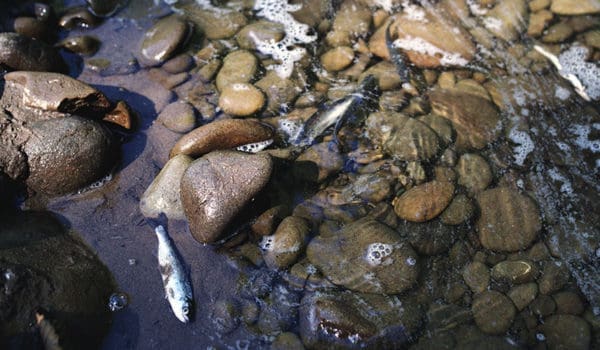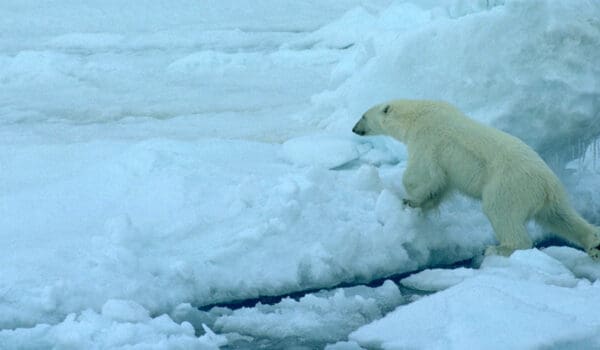Pollutants from British industrial pipes were raining down over Norway in the 70s and 80s and resulted in lakes filled with dead fish, fierce political debates and passionate nature conservatists. But how was this all linked together?
In the 70s, it was not widely known that air pollution could be spread airborne over long distances. Those scientists in the early 70s who suggested that pollutants could travel airborne and fall down to earth as acid rain, far away from the original emission source, were rejected – especially for political reasons. Pollution was considered a national affair, and the fact that industrial contaminants of one country could pollute another country was a hot potato and a very touchy topic. Thus, the scientists had to prove their allegations.
The break-through came with the research report «Long Range Transport of Air Pollutants, Measurements and Findings» that NILU had prepared for OECD in 1977. It became a milestone for the understanding of long-range transport air pollution, and clearly demonstrated that pollution could be airborne over long distances and that some countries had only a small chance to reduce acid rain through national measures only.

Important climate projects and activities at NILU in the 70s
1969: As part of the NORDFORSK program, NILU starts to examine the impact of air pollution on atmospheric corrosion, in cooperation with amongst others Bergen Materialprøveanstalt, the University of Bergen, Bergen Tekniske Skole and Sønnichsen Rørvalseverk.
1970: As another part of the NORDFORSK program, NILU develops the first sampler for SO2-measurements from an airplane.
1971: On behalf of the Airport Commission, NILU prepares an overview of air pollution in connection with a potential future main airport for Oslo. In the same year, the Birkenes observatory in Aust-Agder is established to monitor long-range pollutants in Scandinavia.
1972: 1 July is the kick-off day for the OECD project «Long-range Transport of Air Pollutants» (LRTAP). NILU is involved in the national measuring program in Norway as part of LRTAP, and coordinates the projects of the other participating countries.
1974: NILU starts measuring air pollution in Ny Ålesund on Svalbard.
1975: The NORDFORSK program «Reasons for acidification of precipitation» is finalised and a first draft of the final report for LRTAP is presented. 76 measuring stations in 11 countries have delivered daily observational data during the whole course of the project. 70 stations collected precipitation samples for chemical analysis and air samples of 54 stations were tested for SO2 and sulphur particles.
During the same year, NILU starts ozone measurements, first in Telemark and later in the Oslo area.
1976: Phase 1 of the project «The effects of acid rain on forest and fish» is finished with an international conference in Telemark. The unanimous conclusion is that there is a connection between fish dying and acid water, and that the acid water is caused by acid rain.
1977: The final report of LRTAP is presented and shows that most countries in Europe suffer from air pollution by other countries. As a result, the joint European monitoring program EMEP (European Monitoring and Evaluation Programme) is established, focusing on sulphur components in air and precipitation. NILU is responsible for coordinating the chemical part of the monitoring programme, including collection, processing and distribution of all measurement results.
1979: Samplings obtained from NILU’s measuring station at Svalbard show that this area contains pollutants from southern regions, especially during February-May. The episodes last from several days to up to two weeks. In the same year, the Convention on long-range transport transboundary air pollutions takes effect after being ratified by 24 countries. Through coordination work and a project where NILU and the Institute for Geophysics at the University of Oslo are assigned with the task to investigate how reduced amounts of sulphur emissions can influence acid rain, NILU plays an important role in establishing the Convention’s basis.





